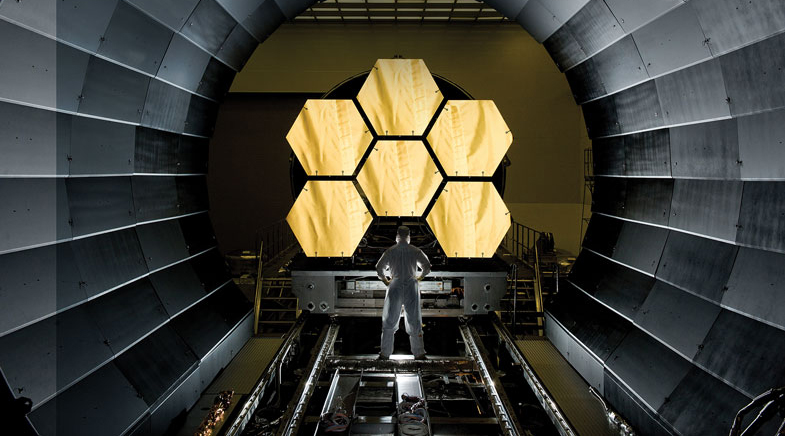Structural reforms
-
- from Shaastra :: vol 02 issue 06 :: Nov - Dec 2023

The construction sector in India is in the throes of big change, embracing new materials and technology.
As a developing country, Indian cities are in a phase of rapid construction. If you were to look at a cityscape in India in 2050 and compare it with today's, the two skylines would not look alike. It will not be wrong to say that many of India's buildings that will exist three decades from now have not been built yet. And not just in the cities.
Such a feverish pace of construction has consequences. Mumbai and Delhi especially are reeling from severe pollution caused by construction dust. The construction sector is one of the world's biggest emitters of carbon dioxide, accounting for as much as 37% of global carbon dioxide emissions, according to the 2022 Global Status Report for Buildings and Construction, of the United Nations Environment Programme. The sector has a decarbonisation pathway till 2050, but its emission trajectory is diverging rapidly from this pathway.
A business-as-usual scenario for the construction sector will result in an enormous increase in carbon dioxide emissions and negate all efforts to limit global temperature rise. A 2022 report by the National Institute of Urban Affairs says that energy consumption from the construction and operation of buildings in India will increase three times by 2050.
TECHNOLOGICAL SOLUTIONS
However, proper use of technology can reduce the emissions to one-fourth. As if on cue, the construction sector is also in the throes of big change. Driven partly by labour shortage and partly by availability of new tools, many ideas that were first proposed decades ago have been dusted and tried in new forms. These include modular construction, 3D printing, use of new (old) materials, and extensive use of Information Technology (IT). If adopted widely, these technologies have the potential to rewrite the rules of the sector and change the way people work and live.
The makeover in the construction sector is unlike that in most other industries. It is not, for example, all a matter of new ideas. Builders and researchers are trying many old ideas, like using bamboo for construction and paper for insulation. As these examples show, it is also not a question of high-cost technology. Many ideas can be implemented on a large scale and at low cost, which are necessities for a populous country like India.
Many of India's buildings that will be around three decades from now have not been built yet!
However, advanced science and research do play a role. This is especially true in the use of advanced materials, of which graphene is a good example. Graphene, often called a wonder material, is being tried in all aspects of construction, from making better cement to creating walls that respond to human needs. Deep research and informed regulations are needed to exploit the potential of emerging knowledge, especially in new materials. Good regulations are hard to make in an era of rapid change. Aditi Jain's stories – The great makeover and These buildings are self-sufficient – capture some of these trends. Don't miss the interview with Will Cavendish, Global Digital Services Leader at Arup Group, a leading services company in construction.
ELSEWHERE...
In Medtech mall, Gauri Kamath reports on a unique experiment in Visakhapatnam: a medtech zone that has all the infrastructure for medical technology innovation and manufacture. India imports most of its medical devices, from simple glucometers to sophisticated MRI machines. This park has been set up with the aim of reducing these imports to a trickle. In the past, most of these parks provided only real estate and basic infrastructure. Some of these were successful in part, but their overall impact on India's medical technology imports has been small.
While reporting on medtech, Gauri's story makes a larger point. To shore up manufacturing in cutting-edge areas, it is important to begin at the beginning and go all the way to the end. The park in Visakhapatnam starts with research, which the founders want to extend to education. And then provides testing facilities, prototyping, technology transfer and so on. As her story shows, it is a model that can work across many sectors.
As always, we have our regular features of news, profiles of start-ups, book reviews and data analysis. In Diving deep for answers to the climate crisis is a second interview in this issue: with Antje Boetius, a marine biologist who has a ringside view of how ocean life adapts to climate change. While she sees bad news all around her when she dives into the oceans, she is also optimistic about human capabilities to reverse climate change in the long run.
Have a
story idea?
Tell us.
Do you have a recent research paper or an idea for a science/technology-themed article that you'd like to tell us about?
GET IN TOUCH














